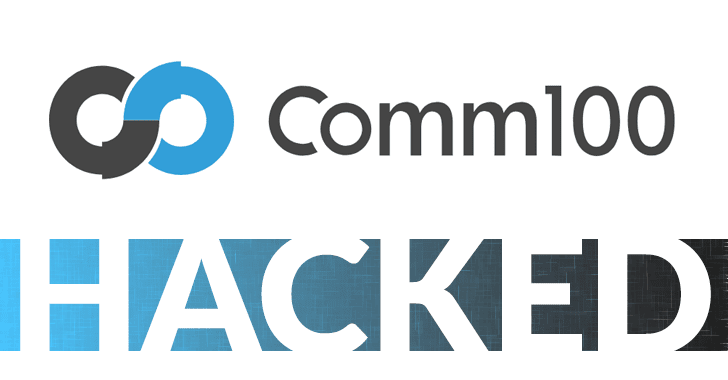As part of a new supply-chain attack being carried out against the Comm100 Live Chat application, the official installer for the application was trojanized.
Comm100 Live Chat application is a popular Canadian SaaS application that is used extensively by businesses to interact with website visitors and to communicate with customers.
The cybersecurity analysts at CrowdStrike claimed that from September 26 to 29 the trojanized variant was available on the vendor’s website.
There was a valid digital signature attached to the trojanized installer. A stealthy supply chain attack would not be disrupted if anti-virus solutions are not triggered during its launch, thus allowing the attack to proceed undetected.
Attack
A Comm100 desktop agent app is downloaded from the company’s website that was signed by Comm100 and was used in the attack.
Currently, it is unknown to what extent the attack was carried out. There is, however, evidence that the trojanized files were identified in North America and Europe in the following sectors:-
- Industrial
- Healthcare
- Technology
- Manufacturing
- Insurance
- Telecom
Over 15,000 customers across 51 countries are said to be served by Comm100.
Backdoor
In the main.js file, a JavaScript backdoor was implanted by the threat actors. During the second stage of the backdoor, a JS script obfuscated by a hard-coded URL is retrieved.
Here’s the hardcoded URL used by the threat actors to download and execute a second-stage script:-
- http[:]//api.amazonawsreplay[.]com/livehelp/collect
The threat actors have also deployed a malicious loader DLL called MidlrtMd.dll in order to carry out their malicious activities. With the help of this, a new Notepad process (notepad.exe) is injected with an embedded payload by the threat actors through this in-memory shellcode.
Chinese Threat Actors Presumed
Based on CrowdStrike’s assessment, China-based threat actors are responsible for the attack. Previously, this group had been seen to target East and Southeast Asian online gambling enterprises in the past.
These malware families differ from those previously identified as being operated by the group in terms of the payload delivered. It is clear from this that the offensive arsenal of the organization is expanding.
Here below we have mentioned all the factors considered by the security experts to assume that the threat actors could be Chinese:-
- The use of chat software to deliver malware
- The use of the Microsoft Metadata Merge Utility binary to load a malicious DLL named MidlrtMd.dll
- C2 domain-naming convention using Microsoft and Amazon-themed domains along with api. subdomains
- C2 domains hosted on Alibaba infrastructure








